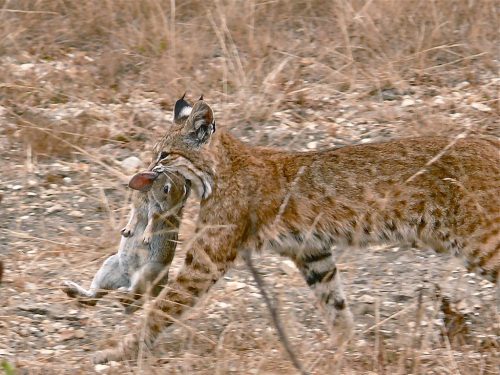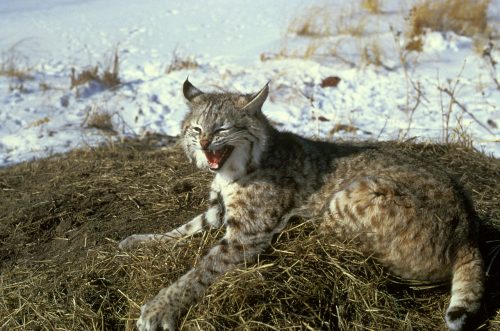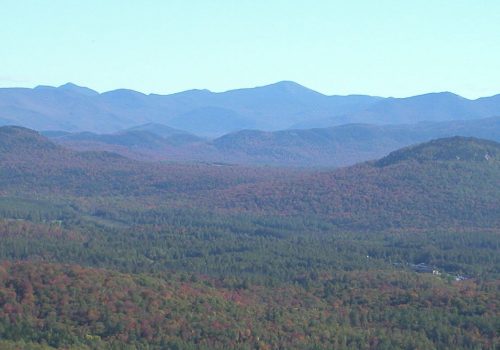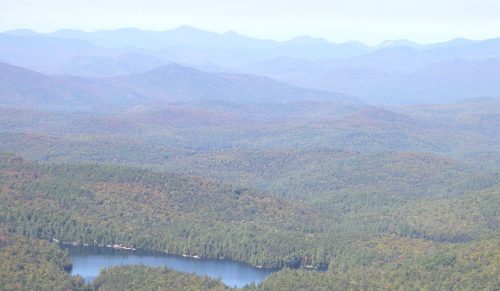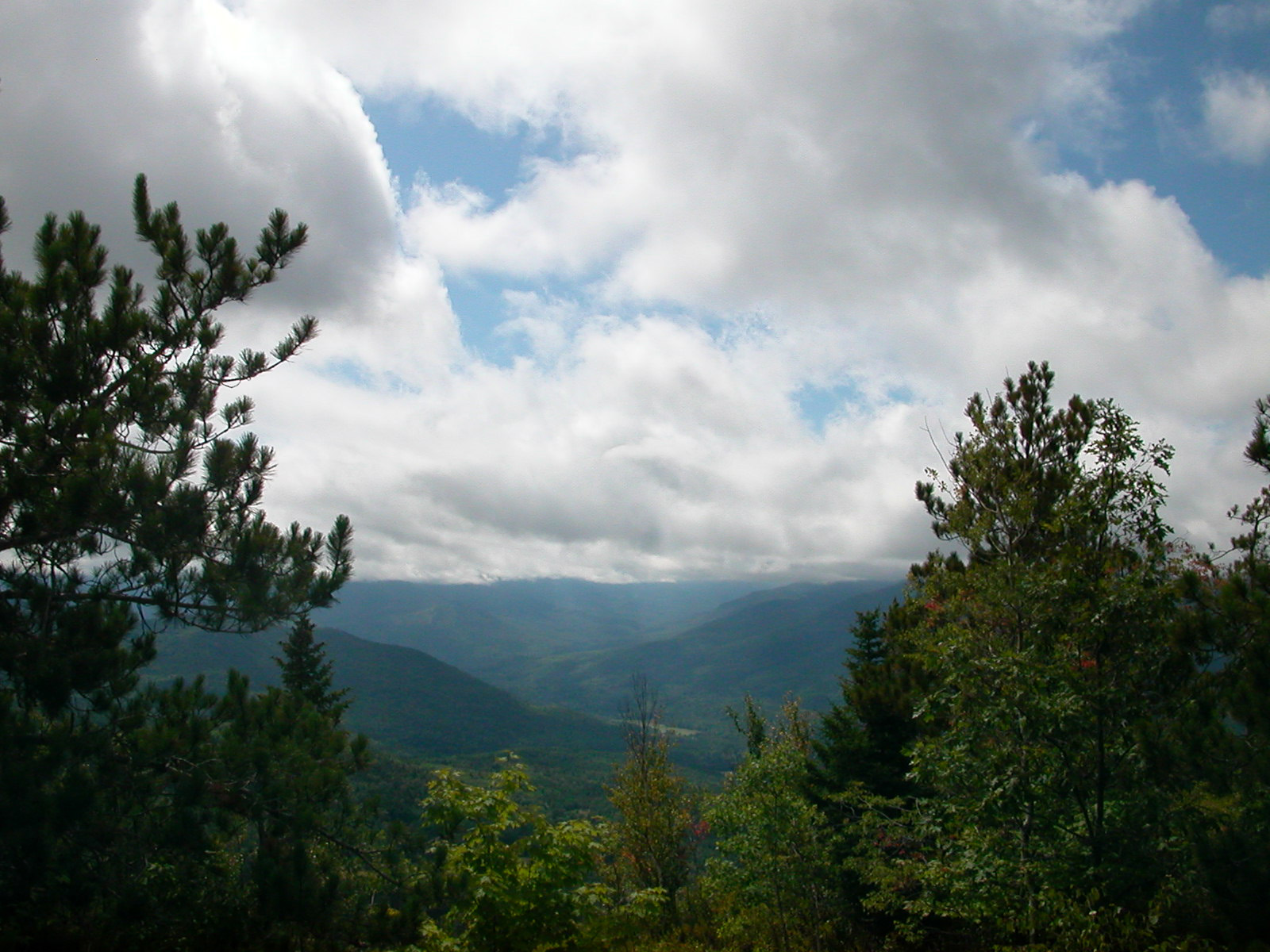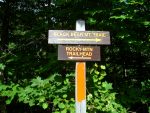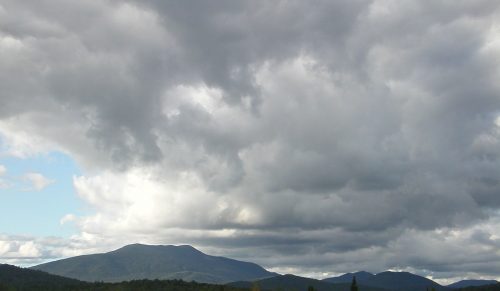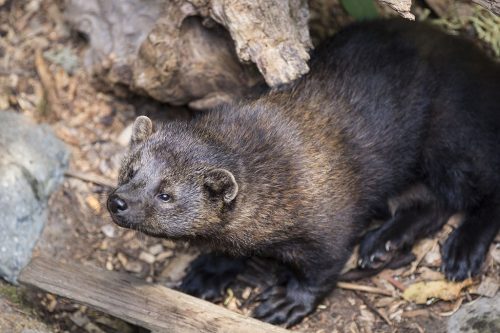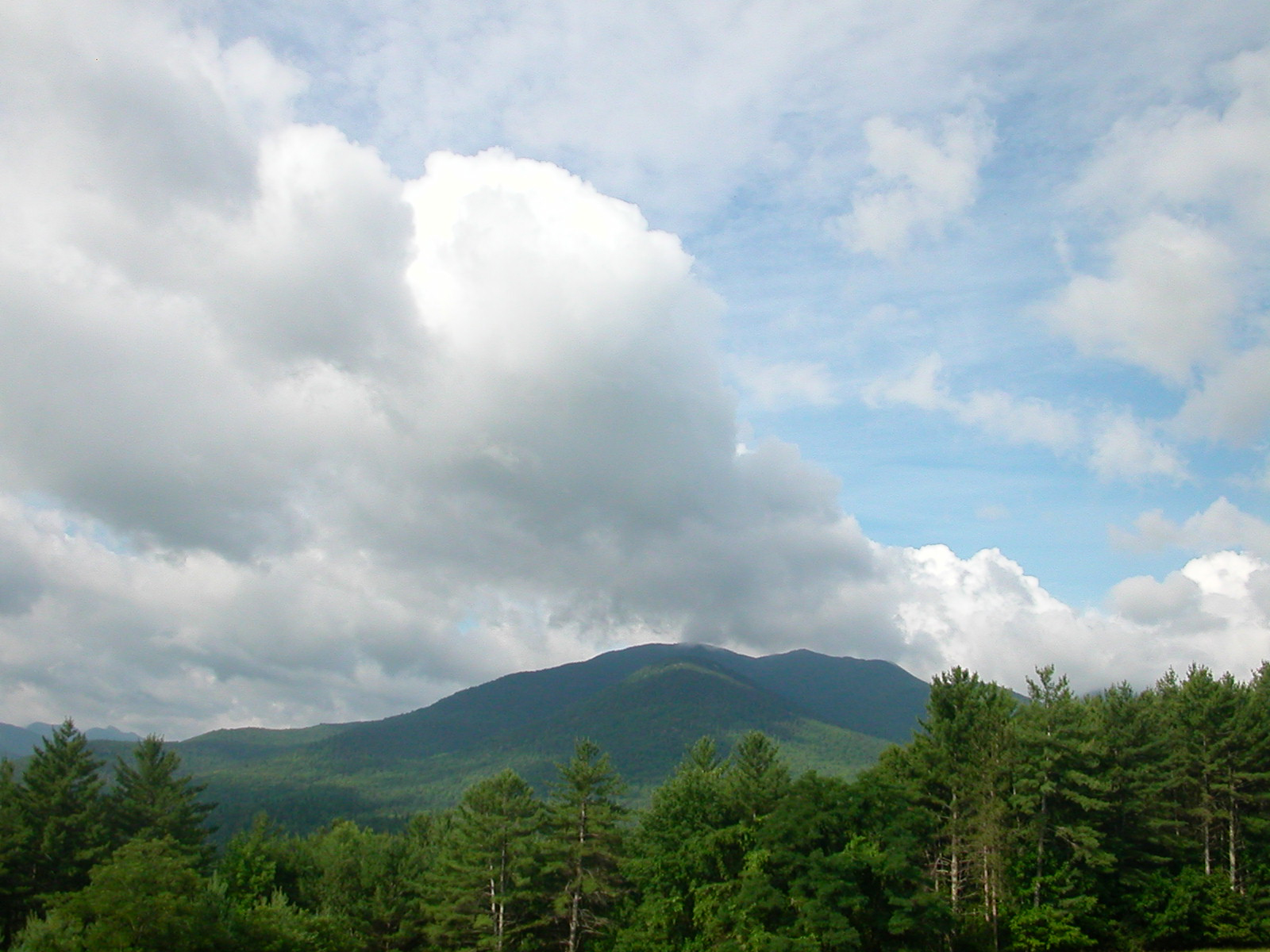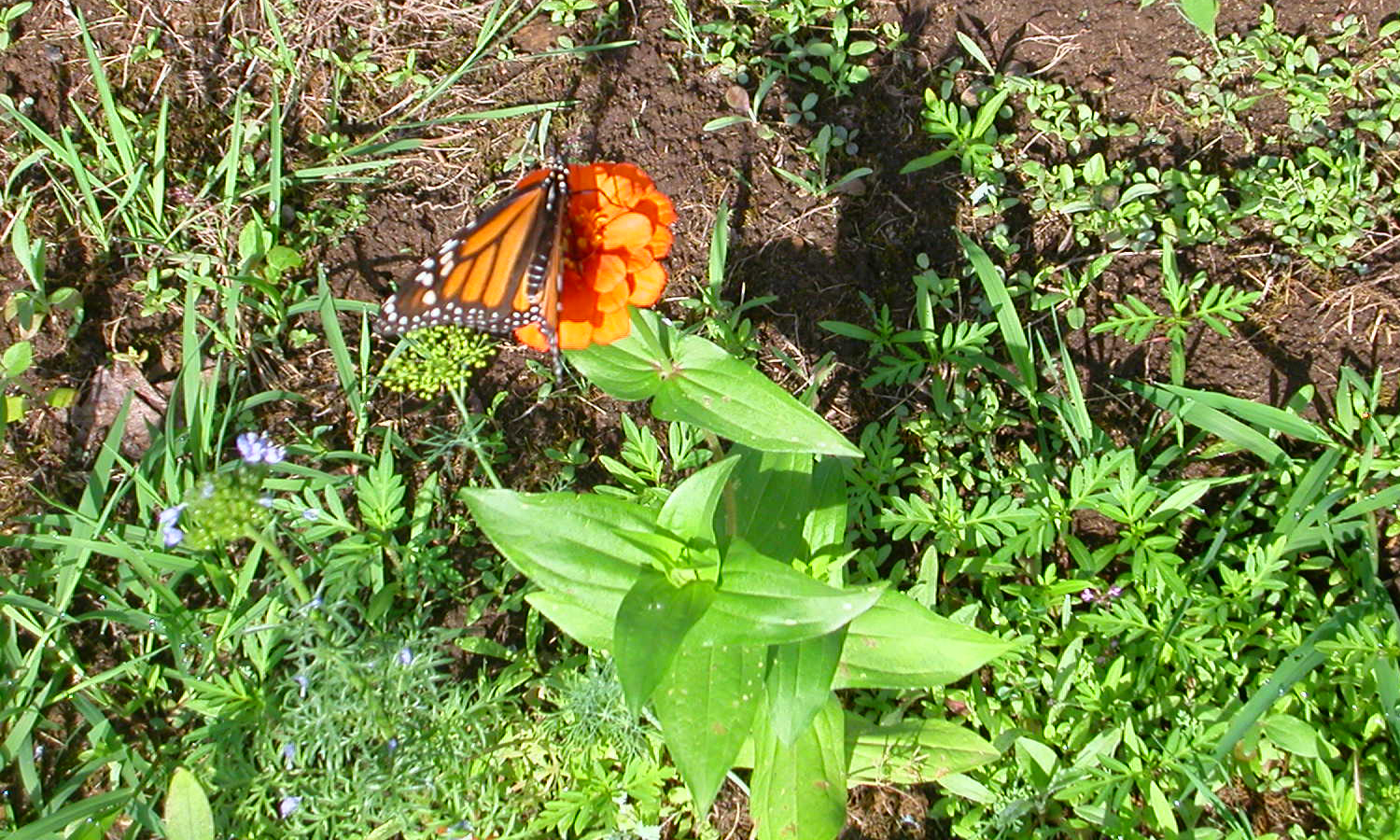I must be the only person in my village who takes a broom to the front porch to tear down the spider webs on Halloween. I like the holiday, including the trick-or-treating, but for me it’s not about terror.
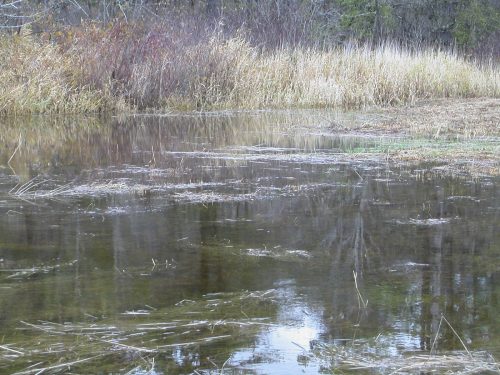
Trick-or-treating comes from an old custom of children dressing in rags to signify the poor departed souls who cannot find their way to the Otherworld. Householders would give the children treats to bless and mollify the spirits of the unhappy departed, reducing the chances that they would do troublesome things like emit strange knocking sounds or whisk things around in the wind. This was one aspect of the Celtic holiday, which was about remembering ancestors.
I sometimes wonder how mainline Christians would feel about Easter becoming a festival of terror and evil. After all, Jesus rises from the dead, so that’s a more plausible holiday for a zombie apocalypse. Keeping the spirit of the spirit of Halloween can be a challenge, because I certainly don’t want to be one of those Halloween Scrooges who turn off the lights and pretend they’re not home.
I’m looking forward to tonight. I do like seeing all the children. I get lots and lots of trick-or-treaters, so many that I wonder if some of the teenagers dare each other to come to my house on Halloween. But hey–this witch tore down the spider webs in front of the door.

